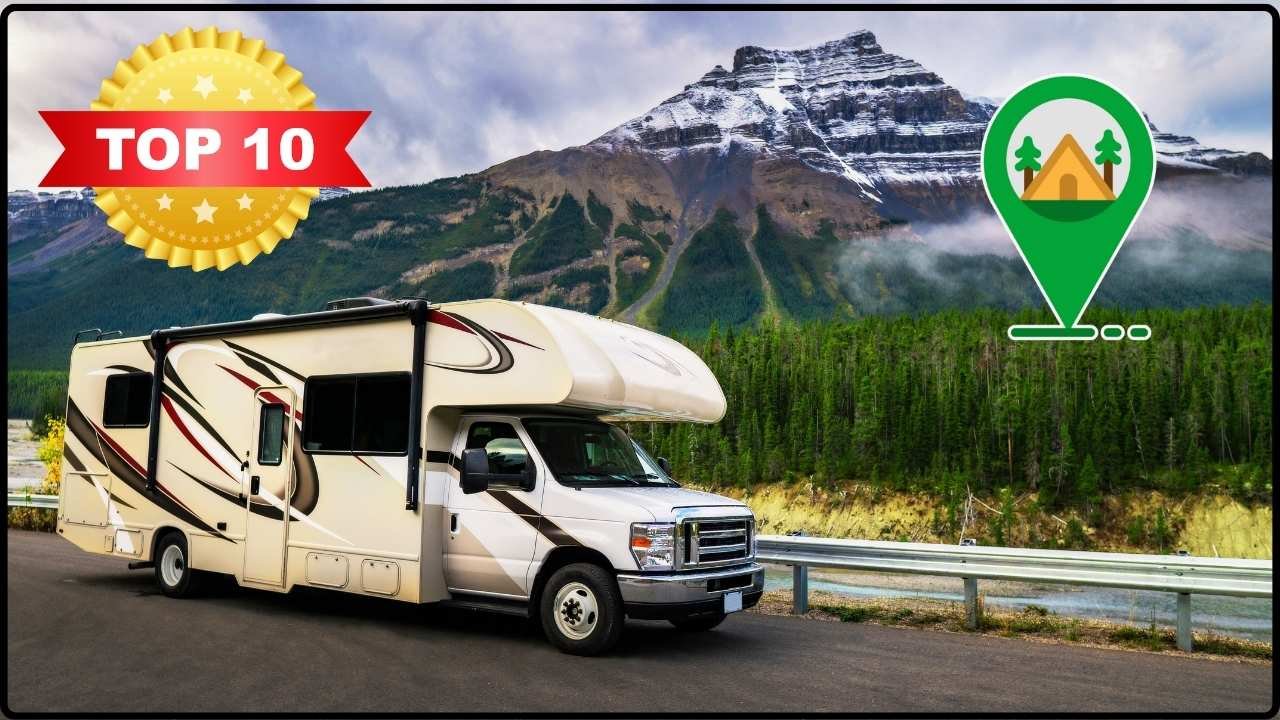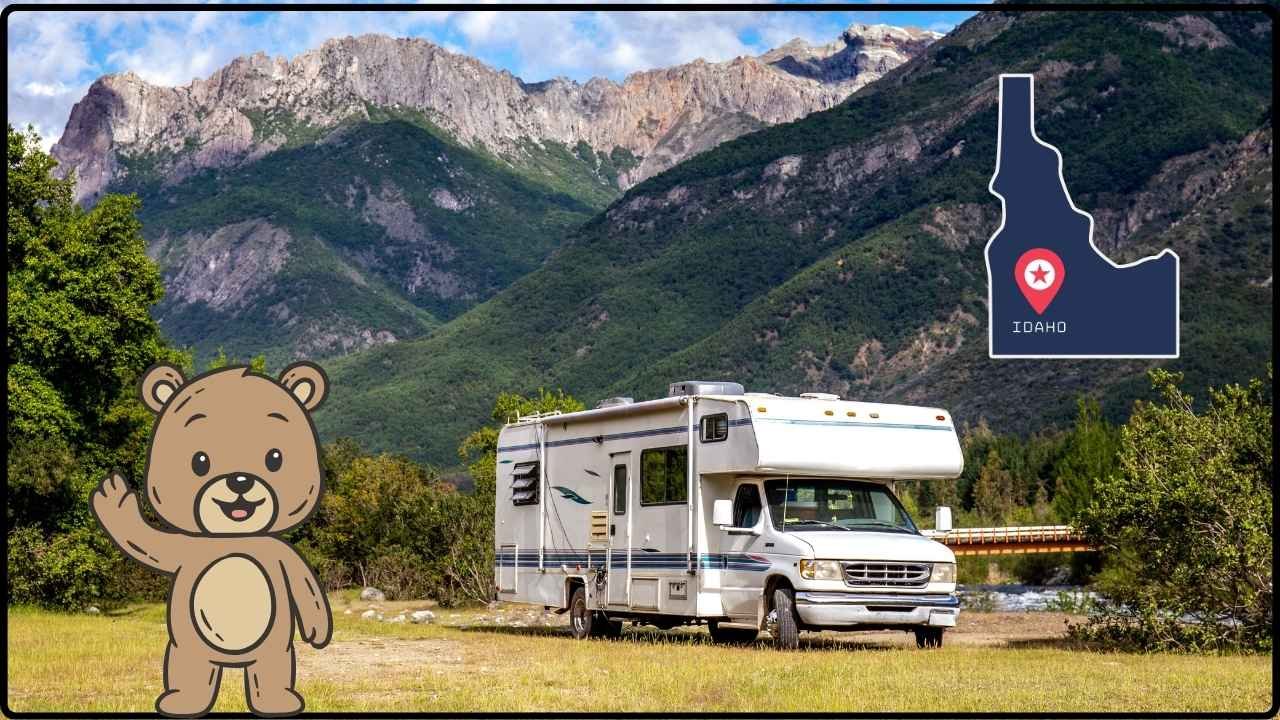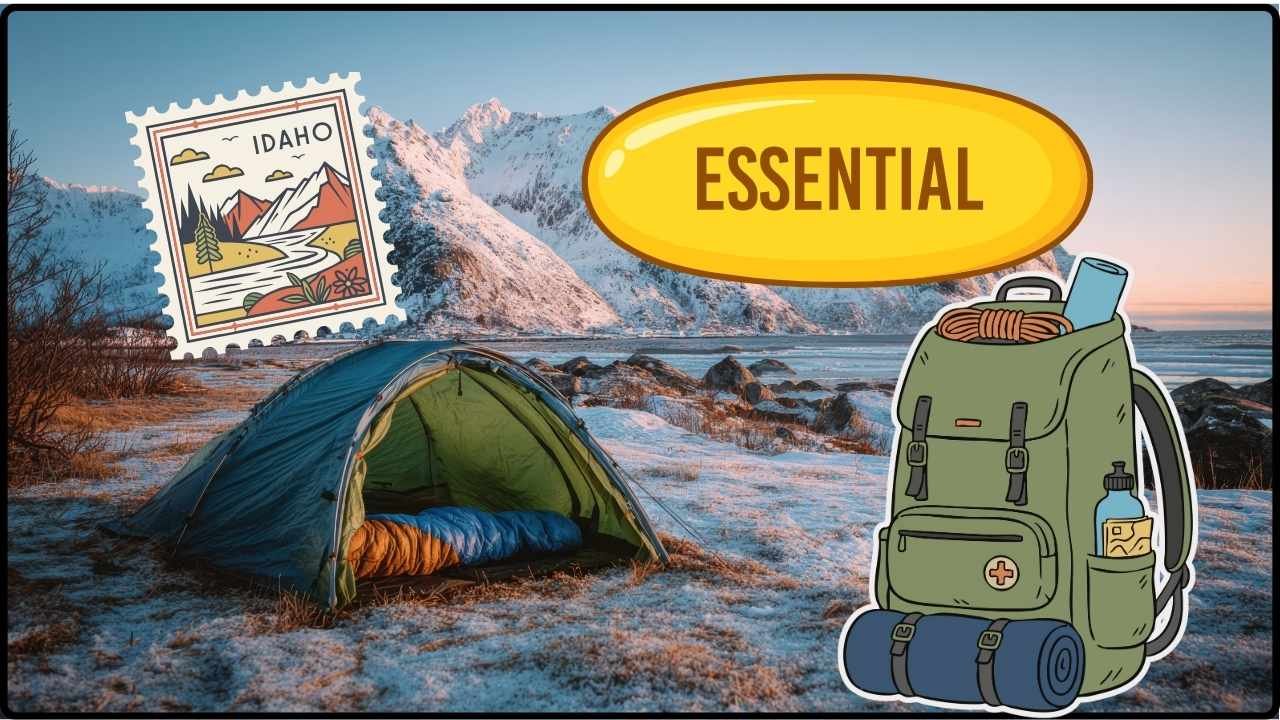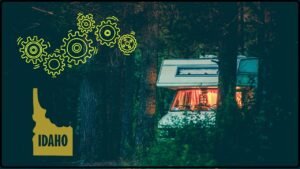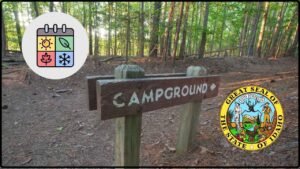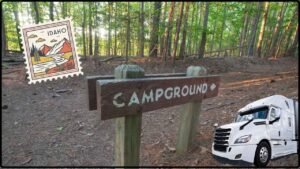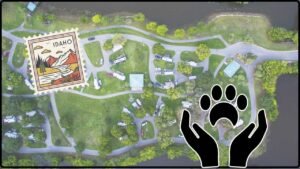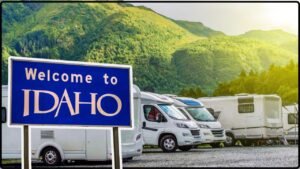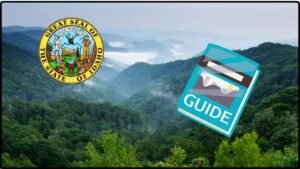
How to Find Dispersed Camping in Idaho: If you’re tired of crowded campsites and the expense that comes with them, dispersed camping in Idaho is your ticket to pure, rugged adventure. Dispersed camping means pitching your tent or parking your rig out in the wild, away from developed campgrounds — just you, the fresh air, and the freedom that comes with it. The good news? Idaho’s got over 21 million acres of forest and vast BLM lands perfect for that true backcountry experience. The not-so-good news? Finding those prime spots on the U.S. Forest Service (USFS) and Bureau of Land Management (BLM) maps can seem like decoding a secret language. This guide breaks it down simply, whether you’re a weekend warrior or an outdoor pro, so you know exactly where to camp, how to read those maps like a boss, and what rules keep our wild spaces wild. Let’s dive in.
How to Find Dispersed Camping in Idaho?
Dispersed camping in Idaho unlocks a whole new world of outdoor freedom — a chance to escape the crowd and get real close to nature. Using USFS and BLM maps properly helps you find these hidden gems, follow legal rules, and camp safely. Remember: the land’s your playground, but respect’s the rule. Follow the rules, pack prepared, and practice Leave No Trace. With this guide, you’re all set to discover Idaho’s wild side like a true pro.
| Topic | Details |
|---|---|
| Types of Public Lands | USFS National Forests, BLM Lands |
| Camping Duration Limit | Up to 14 days within a 28-day period |
| Minimum Distance from Water | 100 feet (30 meters) |
| Vehicle Use | Allowed within 150 feet of designated routes (USFS), check local BLM rules |
| Recommended Maps & Apps | Interactive Forest Visitor Map, Avenza Maps app, Gaia GPS |
| Stay Limits per Area | Some areas vary: e.g., Palisades District – 5 days |
| Regulations and Permits | No permits usually required, fire restrictions apply |
| Safety & Preparedness | Carry bear spray, plan for weather shifts, pack essentials |
| Environmental Responsibility | Practice Leave No Trace, avoid damaging vegetation and wildlife habitats |
| Recent Regulatory Update | Lowman Ranger District camping closure to protect impacted sites through 2030 |
| Idaho Public Camping Law | 2025 Senate Bill 1141 restricts public camping in cities with 100,000+ population (Boise) |
What Is Dispersed Camping?
Dispersed camping (sometimes called boondocking or wild camping) means camping in undeveloped spaces. Instead of designated campgrounds with amenities like toilet facilities, water, or picnic tables, you find your own rugged spot on public lands managed mostly by USFS National Forests or BLM. It’s about freedom—to pick your own adventure and sleep under the stars where the only neighbors are nature itself.
Idaho’s vast public lands offer millions of acres perfect for dispersed camping—from dense forests in the north to the open rangelands in the south. The tradeoff? You’ve got to be self-sufficient and responsible.
Reading US Forest Service (USFS) Maps for Dispersed Camping

Step 1: Choose the Right Map
The USFS has various map types:
- Interactive Forest Visitor Map: This online tool and mobile app shows roads, trails, campgrounds, and designated recreation sites.
- Motor Vehicle Use Maps (MVUM): Vital for knowing where you can legally drive and camp by vehicle.
- Forest Service Digital Maps: Detailed printable PDFs for specific forests, great for serious planning.
For Idaho, popular forests include Boise National Forest, Caribou-Targhee, and Idaho Panhandle.
Step 2: Identify Dispersed Camping Areas
Nearly all national forest land allows dispersed camping unless marked otherwise. Look along forest roads and near existing campsites, often shown as flat clearings or marked with specific camping symbols.
Always camp at least 100 feet from lakes, streams, and rivers to protect fragile ecosystems.
Step 3: Observe Vehicle & Camping Regulations
USFS allows vehicle camping within 150 feet of designated roads. Stays are usually limited to 14 days per 28-day period, after which you need to move at least 5 miles for your next camp.
Step 4: Use GPS Apps to Cross-Check
Apps like Avenza Maps provide GPS-enabled access to USFS maps, perfect for navigating off-grid. Gaia GPS and OnX Maps are also popular for layering USFS boundaries, trails, and campsites.
Reading Bureau of Land Management (BLM) Maps for Dispersed Camping
Step 1: Access BLM Interactive Maps
BLM provides online interactive maps showing land ownership, recreation sites, and dispersed camping zones.
Step 2: Understand BLM Land Patterns
BLM lands in Idaho appear in checkerboard patterns because land is divided between public and private ownership. Always double-check you’re on BLM land before camping.
Step 3: Find Dispersed Camping Spots
BLM allows dispersed camping broadly but with the same 14-day stay limit and distance rules (generally must move at least 25 miles between stays). Use map layers to locate undeveloped areas near roads.
Step 4: Always Check Local Rules and Fire Restrictions
BLM policies vary by district; fire danger changes seasonally, so call local BLM offices for updates and restrictions.

State and Local Regulations Impacting Camping in Idaho
While dispersed camping on federal lands remains broadly accessible, Idaho’s 2025 Senate Bill 1141 restricts public camping within city limits of larger cities like Boise (population 100,000+). This law targets unauthorized urban camping and defines specific exceptions for recreational areas and commercial drivers. So if your trip starts in Boise or Meridian, keep in mind city ordinances prohibit public camping outside designated spaces—stick to public forests and BLM lands outside city limits to avoid trouble.
In addition, select heavily impacted areas within forests have been temporarily closed to dispersed camping as part of conservation efforts. For example, the Lowman Ranger District issued a closure from June 2025 through 2030 to allow recovery of overused campsites along highway corridors. Always check ranger district alerts before your trip to avoid closed zones and fines.
Safety and Environmental Responsibility
Dispersed camping can be epic, but safety and conservation are key to keeping it open for everyone:
- BEAR AWARE: Idaho is bear country. Always carry bear spray and store food securely.
- PACK ESSENTIALS: Water, first-aid, warm clothes, and a map or GPS. Cell service can be spotty.
- LEAVE NO TRACE: Pack out all trash, avoid trampling vegetation, and bury human waste 6-8 inches deep and 200 feet from water.
- FIRE SAFETY: Use existing fire rings if allowed; otherwise, prefer camp stoves. Always check fire bans.
- CHECK WEATHER: Idaho weather can flip in a minute, especially in mountains.
Popular Idaho Areas for Dispersed Camping
- Caribou-Targhee National Forest: Tons of dispersed options with elk hunting seasons to watch out for.
- Boise National Forest: Great access from Boise city with detailed MVUM maps.
- BLM lands around Southeast Idaho: Open spaces, less tree cover, perfect for star gazers.
How to Prepare for a Dispersed Camping Trip?
- Plan your route and campsite with maps ahead of time.
- Pack enough water or bring a filtration system. Many dispersed sites lack potable water.
- Bring all your supplies—food, fuel, shelter, first aid, bear spray, and communication devices.
- Inform someone of your itinerary for safety.
- Check weather, fire restrictions, and current land status before heading out.
- Practice campsite etiquette—avoid new site creation, camp on durable surfaces, and keep noise down.
Finding Free RV Camping Near Boise: Your Top 5 Spots
The RVer’s Guide to Dispersed Camping in the Sawtooth National Forest
Idaho BLM Camping Rules Explained: The 14-Day Stay Limit and More


